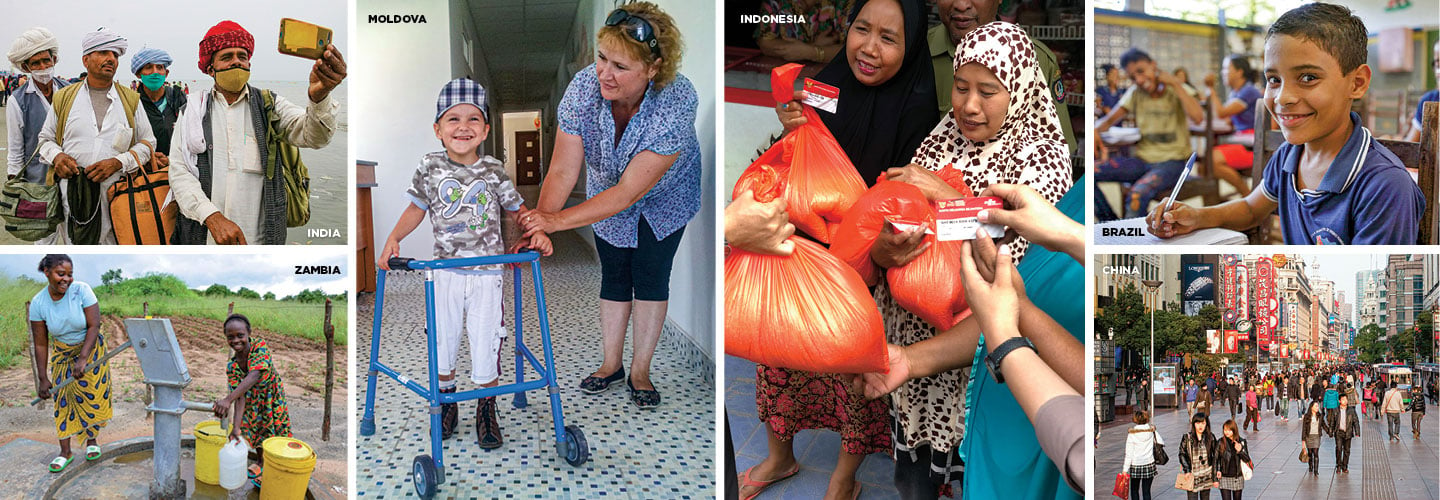Making ends meet was always a struggle for Doaa Mohammed Bakr Turky and her family. Job opportunities were scarce in rural Egypt, where they lived. Her father worked as a gardener, but he could barely afford to feed his family, much less send his six children to school. For years, Doaa was the only one of the siblings who attended classes.
But a few years ago, Doaa’s life started to improve. In 2015, when she was 18, the U.S. Agency for International Development (USAID) gave her a $200 grant to pursue a business idea she had always been interested in: duck farming.
Doaa used the funds to purchase 140 ducklings, and with help from USAID and her parents, she learned how to care for them. Once the ducklings were grown, she sold them for a profit—and was able to purchase 140 more. Eventually, Doaa, now 25, invested in chickens and started selling their eggs. Thanks to her growing business, her family now has plenty of food and all her brothers and sisters are in school.
“I helped cover my siblings’ expenses with the money that I earned,” she says. “My whole family is happy that I have become a big businesswoman.”
Making ends meet was always a struggle for Doaa Mohammed Bakr Turky and her family. They lived in rural Egypt. Job opportunities were scarce there. Doaa’s father worked as a gardener. But he could barely afford to feed his family, much less send his six children to school. For years, Doaa was the only one of the siblings who attended classes.
But a few years ago, Doaa’s life started to improve. In 2015, when she was 18, the U.S. Agency for International Development (USAID) gave her a $200 grant to pursue duck farming. That business idea is one she had always been interested in.
Doaa used the money to buy 140 ducklings. With help from USAID and her parents, she learned how to care for them. Once the ducklings were grown, she sold them for a profit. And she was able to buy 140 more. Eventually, Doaa, now 25, invested in chickens and started selling their eggs. Thanks to her growing business, her family now has plenty of food. And all her brothers and sisters are in school.
“I helped cover my siblings’ expenses with the money that I earned,” she says. “My whole family is happy that I have become a big businesswoman.”

